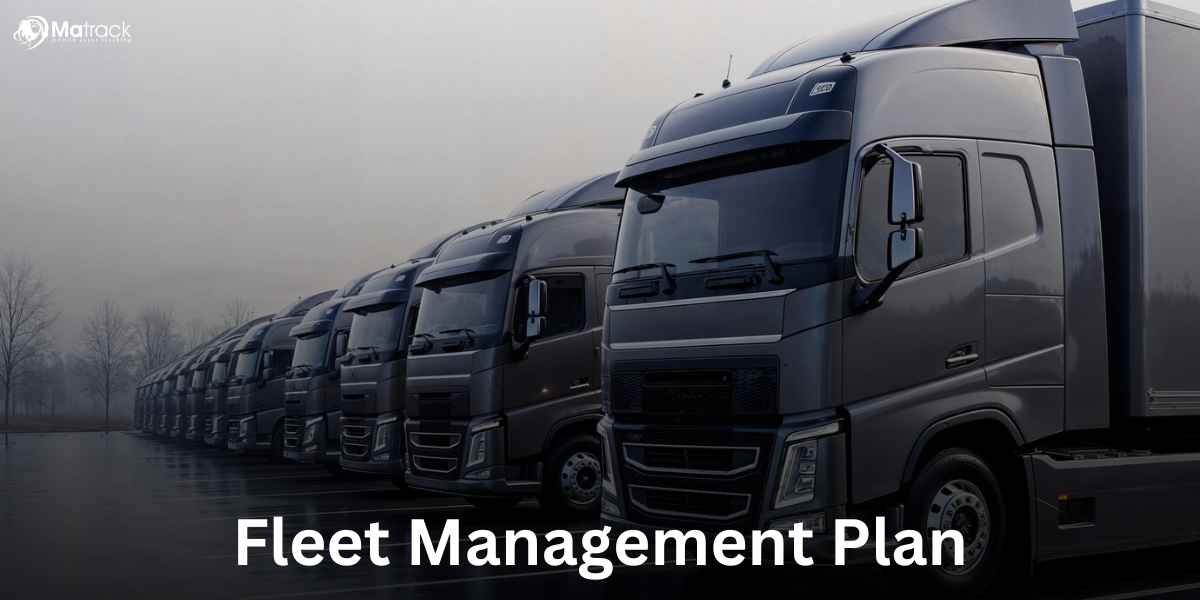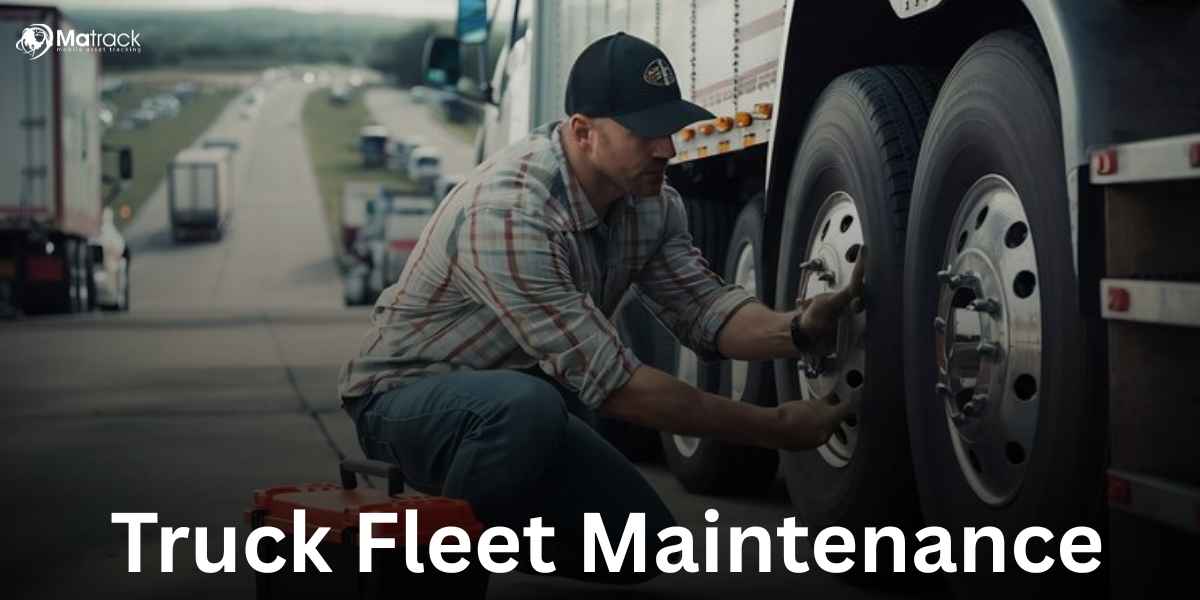Key Takeaways:
- Identify the right fleet vehicle by evaluating business needs, including load capacity, passenger space, and terrain suitability.
- Choose cost-effective vehicles by considering fuel efficiency, maintenance expenses, and long-term ownership costs.
- Ensure fleet safety and compliance by selecting vehicles with advanced features, high crash ratings, and low depreciation.
- Decide whether to lease or buy based on budget flexibility, resale value, and long-term business goals.
Selecting the right fleet vehicle is crucial for businesses looking to improve efficiency, reduce costs, and maximize productivity. Whether you manage a logistics company, a ride-sharing service, or a construction business, choosing the right vehicle impacts fuel consumption, maintenance expenses, and overall operational performance.
This guide breaks down the key factors to help you make an informed decision when selecting the best fleet vehicles for your business.
Identify Your Business Needs
Understanding your business requirements is the first step in choosing the right fleet vehicle. Consider these factors:
Type of Business
Different industries require different fleet vehicles. For example:
- Delivery services need cargo vans for transporting packages.
- Ride-sharing and taxi services require fuel-efficient sedans or hybrid vehicles.
- Construction businesses benefit from pickup trucks with high payload capacity.
Load Capacity & Passenger Requirements
- If your business requires moving heavy equipment, prioritize high payload capacity vehicles like trucks or large vans.
- If your fleet is used for corporate travel, ensure ample passenger seating and comfort in sedans or SUVs.
Distance & Terrain Considerations
- City-based businesses should choose compact, fuel-efficient vehicles for easy navigation and reduced fuel costs.
- Off-road operations (such as construction or agriculture) require durable trucks or SUVs with four-wheel drive.
Matching your fleet vehicles to your operational needs ensures cost-effective and efficient performance.
Select the Right Vehicle Type
Different vehicle types serve different business functions. Here’s a breakdown:
Sedans
- Best for corporate and executive travel.
- Fuel-efficient and require minimal maintenance.
- Ideal for sales teams and client visits.
SUVs & Crossovers
- Provide ample space for passengers and cargo.
- Suitable for businesses that require travel across mixed terrains.
- Offer enhanced safety features for long-distance trips.
Pickup Trucks
- Essential for industries that require transporting heavy tools and materials.
- Available in various sizes, from light-duty to heavy-duty trucks.
- Great for businesses in construction, landscaping, and utilities.
Cargo & Passenger Vans
- Cargo vans provide large storage space for deliveries.
- Passenger vans can transport multiple employees or customers.
- Commonly used in logistics, transportation, and shuttle services.
Electric & Hybrid Vehicles
- Reduce fuel costs and carbon emissions.
- Best suited for businesses aiming for sustainability.
- Require access to charging infrastructure.
Choosing the right vehicle type ensures that your fleet aligns with your business model and budget.
Prioritize Fuel Efficiency & Operating Costs
Fuel expenses make up a large portion of fleet operating costs. Consider the following:
- Miles Per Gallon (MPG): Look for fuel-efficient vehicles to reduce expenses.
- Alternative Fuel Options: Consider hybrid, electric, or compressed natural gas (CNG) vehicles.
- Idle-Reduction Technology: Vehicles with automatic stop/start systems help minimize unnecessary fuel consumption.
Electric and hybrid options offer long-term cost savings, but businesses must ensure access to charging stations before investing.
Evaluate Maintenance & Repair Costs
Lower maintenance costs result in higher long-term savings. Consider:
- Reliability Ratings: Choose vehicle models known for durability and fewer breakdowns.
- Spare Parts Availability: Vehicles with easily available parts have lower repair costs.
- Warranty & Service Plans: Look for manufacturers offering fleet-specific service packages.
Preventive maintenance and careful vehicle selection help minimize repair costs and downtime.
Ensure Safety Features & Compliance
Safety should be a top priority when choosing fleet vehicles. Key safety features to look for include:
- Advanced Driver-Assistance Systems (ADAS): Features like lane departure warnings, automatic emergency braking, and blind-spot monitoring.
- Crash Test Ratings: Vehicles with higher safety ratings provide better protection for drivers and passengers.
- Industry-Specific Compliance: Ensure your fleet meets government regulations and safety standards.
Investing in safety features reduces accident risks, protects employees, and lowers insurance costs.
Consider the Total Cost of Ownership (TCO)
The total cost of ownership includes:
- Initial Purchase Price: Compare costs between leasing and buying.
- Depreciation Rates: Vehicles with higher resale value help recover investment.
- Insurance Costs: Some models have lower premiums due to high safety ratings.
- Maintenance & Repairs: Regular servicing prevents unexpected expenses.
Choosing cost-effective vehicles ensures long-term financial savings.
Leasing vs. Buying: Which Is Better?
Deciding whether to lease or buy a fleet vehicle depends on budget and business needs.
Leasing Benefits:
✔ Lower upfront costs.
✔ Access to newer models with advanced features.
✔ Manufacturer maintenance coverage included.
Buying Benefits:
✔ Full ownership with no mileage restrictions.
✔ Higher resale value over time.
✔ No lease-end penalties or additional fees.
If you need flexibility and frequent vehicle upgrades, leasing is the better option. If you prefer long-term cost savings, buying is ideal.
Factor in Depreciation & Resale Value
Depreciation affects the total cost of ownership. To maximize resale value:
- Choose models with high market demand.
- Prioritize vehicles with strong reliability ratings.
- Maintain detailed service records for better resale pricing.
Brands with historically low depreciation rates provide better long-term value.
Integrate Fleet Management Technology
Modern fleet vehicles come with advanced technology to enhance efficiency. Key features include:
- GPS & Telematics: Helps track vehicle usage, optimize routes, and monitor driver behavior.
- Fleet Management Software: Automates maintenance schedules and cost tracking.
- Connectivity Features: Bluetooth, Wi-Fi, and smartphone integration improve driver convenience.
Technology investments enhance productivity, safety, and cost control.
Manufacturer & Dealer Support
Reliable manufacturer and dealer support ensures smooth fleet operations. Consider:
- Fleet Discounts & Incentives: Many brands offer bulk purchase discounts.
- Dedicated Fleet Support Services: Some manufacturers provide priority servicing for fleet vehicles.
- Extended Warranties: Reduce long-term maintenance costs.
A strong dealer network ensures faster maintenance services and minimal downtime.
Conclusion
Choosing the right fleet vehicle requires careful consideration of business needs, fuel efficiency, maintenance costs, safety features, and total ownership expenses. Whether you decide to lease or buy, ensuring the right vehicle selection can lead to lower operational costs, increased productivity, and long-term profitability.



